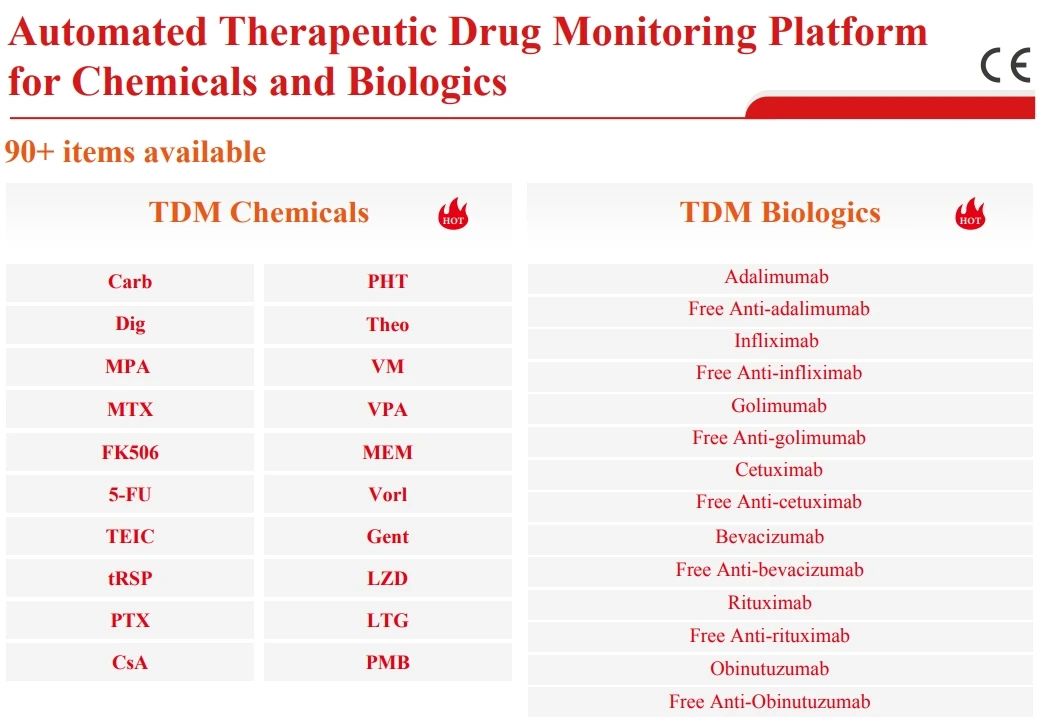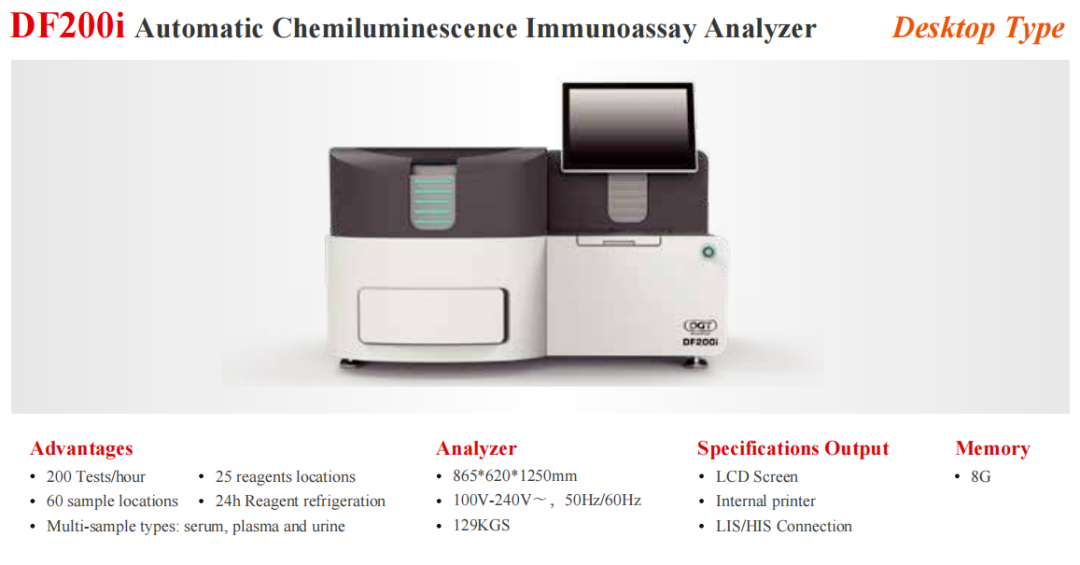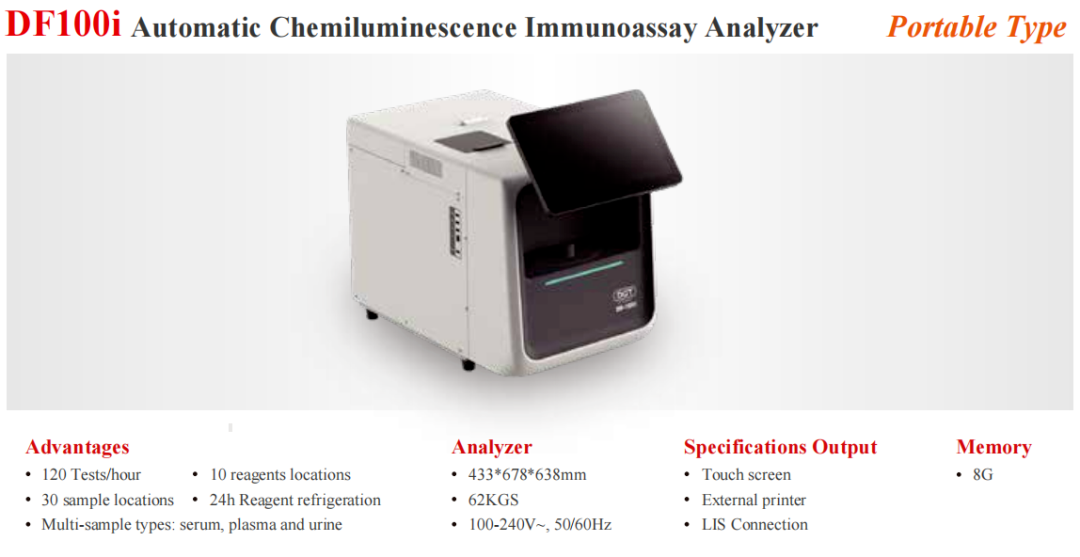Rapamycin, also known as sirolimus, is a promising new immunosuppressive drug in the field of transplantationimmunization today after cyclosporine A (CsA) and tacrolimus (FK506), which is a macrolide antibiotic. Studies have shown that rapamycin not only has strong anti-rejection ability without nephrotoxicity and neurotoxicity, but also has the effect of anti-cell proliferation and preventing graft vasculopathy. The drug concentration of immunosuppressants should be closely monitored in clinical application to ensure the safety and effectiveness of drug therapy.
A 3-year-old boy had a huge swelling in his neck and back that was purple in color (Figure 1). Imaging showed no intravertebral infiltration in the soft tissue abdomen of his neck, chest, and upper subcutis. Examination confirmed the presence of a large, pressure-painful hepatomegaly in the patient, which was primarily associated with heart failure due to elevated cardiac output.
On day 24 of admission, treatment with oral sirolimus was initiated with significant results. After 8 weeks of treatment, the liver size returned to normal.
Figure 1 Clinical and MR characteristics of the patient. (1/2 before treatment; 3/4 after treatment)
A 29-month-old female patient presented with a buccal hemangioma at 2 weeks of age, which involved the neck and upper back, and the entire mandibular region at 45 days, and developed significant stridor at 3 months of age. Laryngoscopy revealed a subglottic hemangioma located in the anterior two-thirds of the respiratory suture (Figure 2).
The patient started treatment with sirolimus on October 1, 2019, and 2 weeks after admission, respiratory distress improved significantly, and the color of the hemangioma in the cheeks, neck, and upper back subsided.
Figure 2 Endoscopic view of the patient
In case 1, Kaposi type hemangioendothelioma (KHE) Junctional tumors of vascular endothelial origin, mostly single lesions, rarely multiple. It is more prevalent in neonates and accounts for about 2% of vascular tumors. Sirolimus, an mTOR channel inhibitor, has been used in lymphoma, neuroendocrine tumors, osteosarcoma, and tuberous sclerosis. In case 1, the use of sirolimus significantly increased the platelet count of the child, and its efficacy was more satisfactory, providing a direction for the use of medication in the treatment of KHE.
In case 2, hemangioma is a benign disease with abnormal proliferation of blood vessels resulting in a limited mass, but the process of subglottic involvement is very complex. Successful use of sirolimus has been reported for the treatment of spindle cell hemangioma and refractory hemangioendothelioma, making it worthwhile to continue to experiment with sirolimus. In case 2, the child's symptomatic relief was due to the application of sirolimus, and therefore sirolimus is safe and effective in refractory vascular tumors.
Rapamycin has the advantages of increasing the graft survival rate, decreasing the incidence of acute rejection, decreasing the rate of infection and fewer adverse reactions. Rapamycin is a potential drug for the future treatment of CKD, but its adverse effects should not be ignored, and it is very necessary to conduct blood concentration test when applying this drug.
The new Rapamycin Assay Kit (Chemiluminescence Immunoassay) from Diagreat will provide more comprehensive, accurate and rapid testing services for hospitals, laboratories and other organizations.



参考文献:
[1]Tomlanovich SJ, Vincenti F. Sirolimus: defining nephrotoxicity in the renal transplant recipient [J]. Clin J Am Soc Nephrol, 2007, 2: 198-9.
[2] Ragab Iman A, Abdel-Kader Salwa M, AbouZeid Amr A, et al. A successful tale of sirolimus treatment in refractory vascular tumors [J]. Journal of Pediatric Surgery Case Reports, 2022, 78.